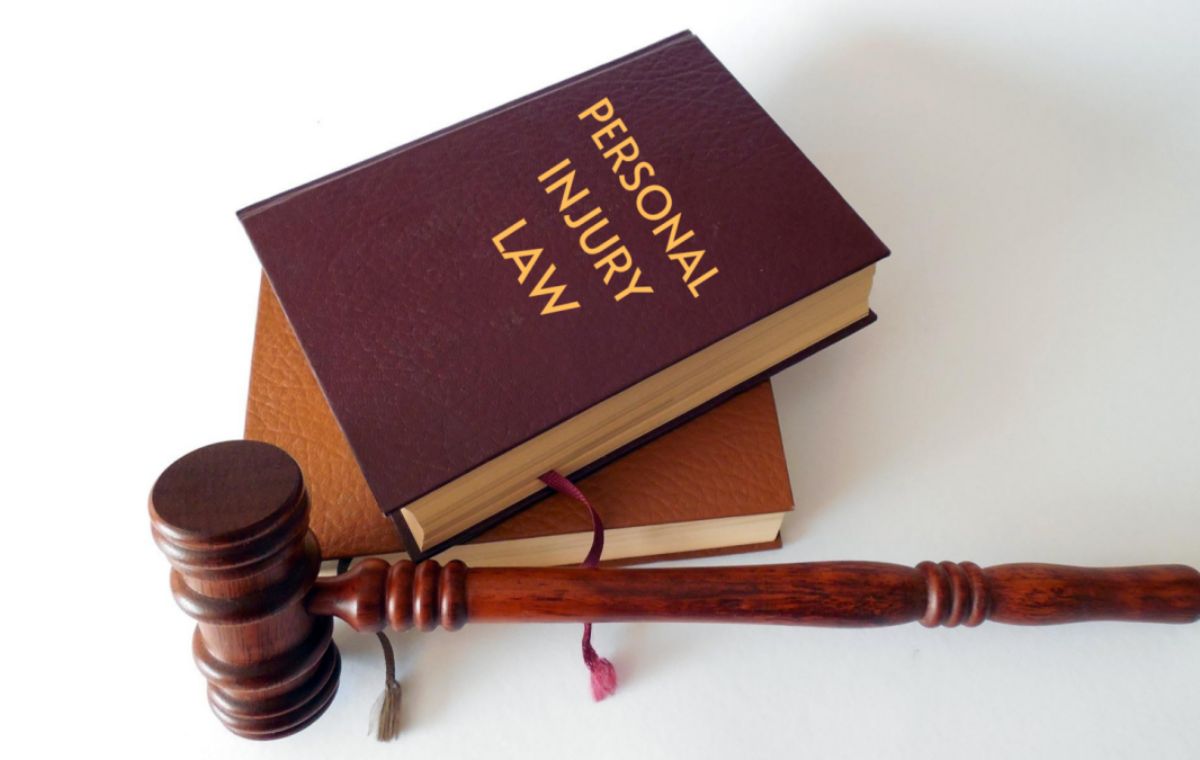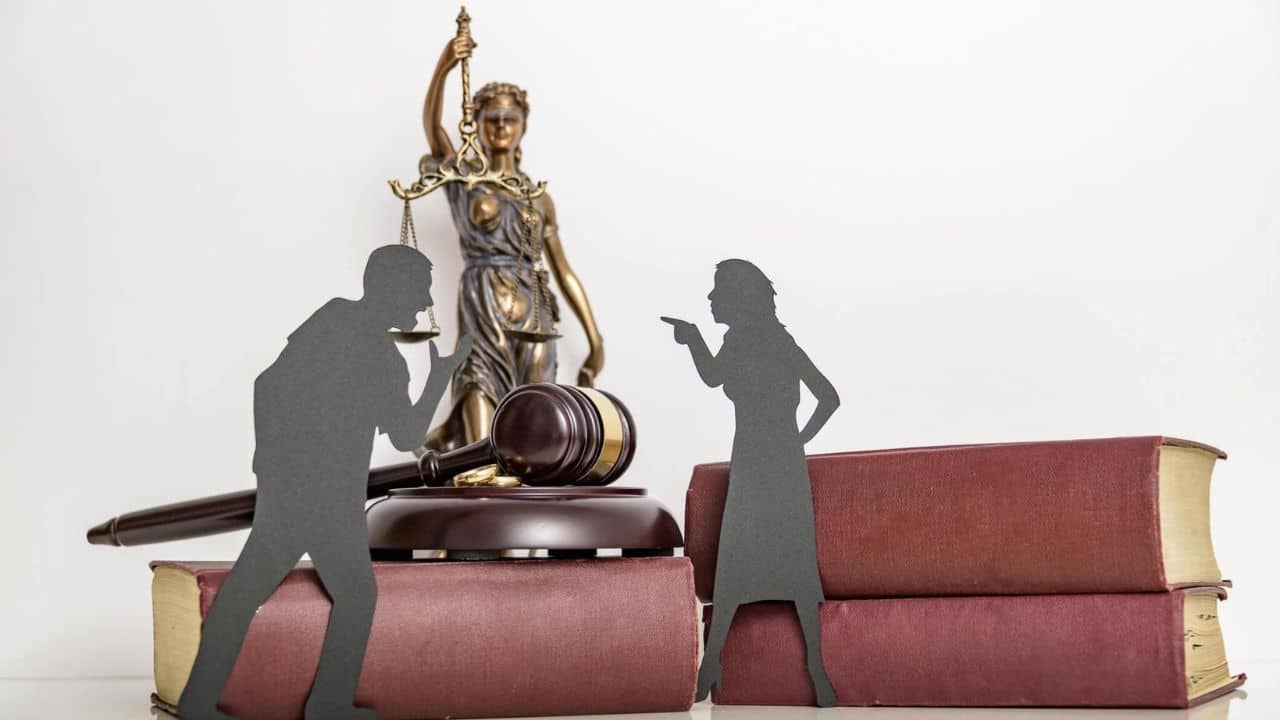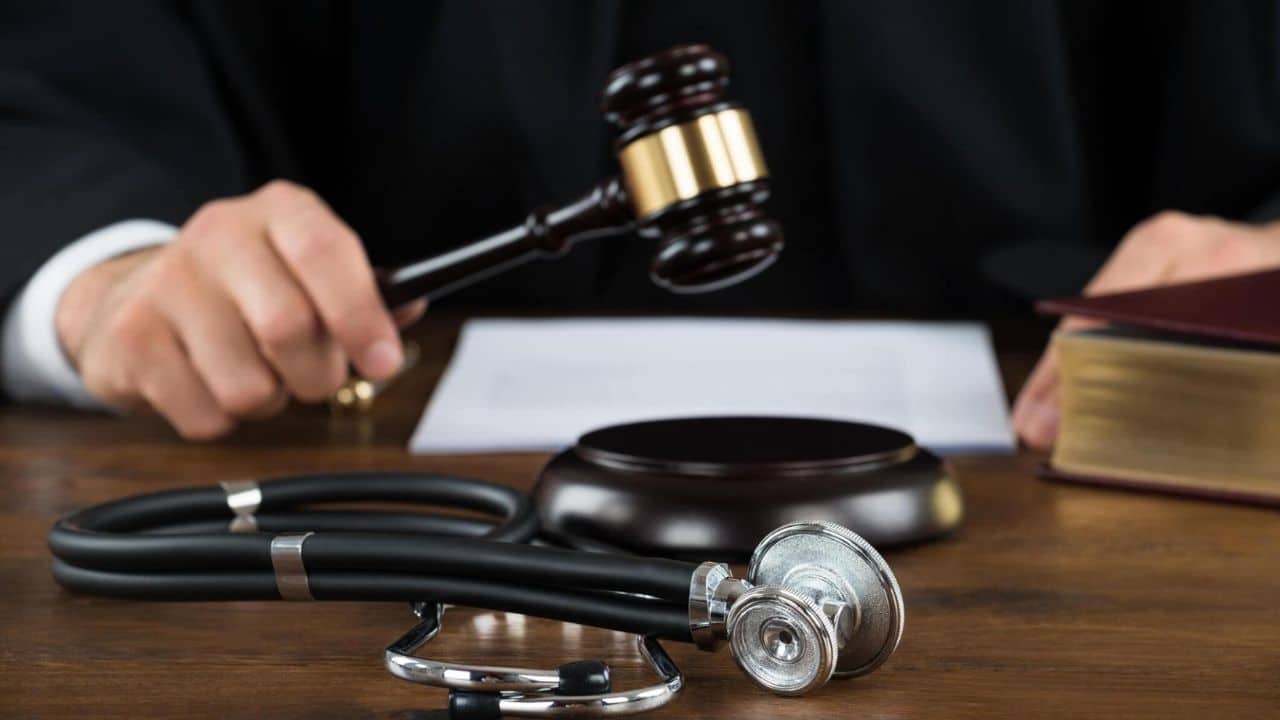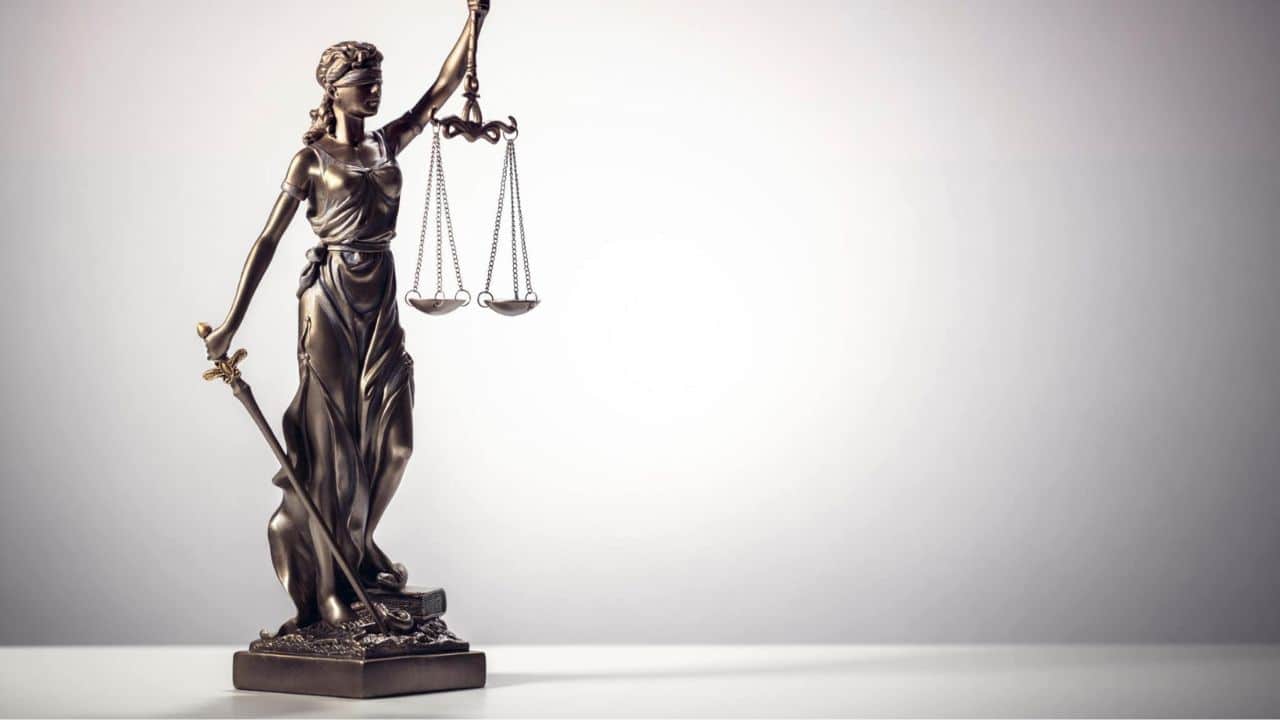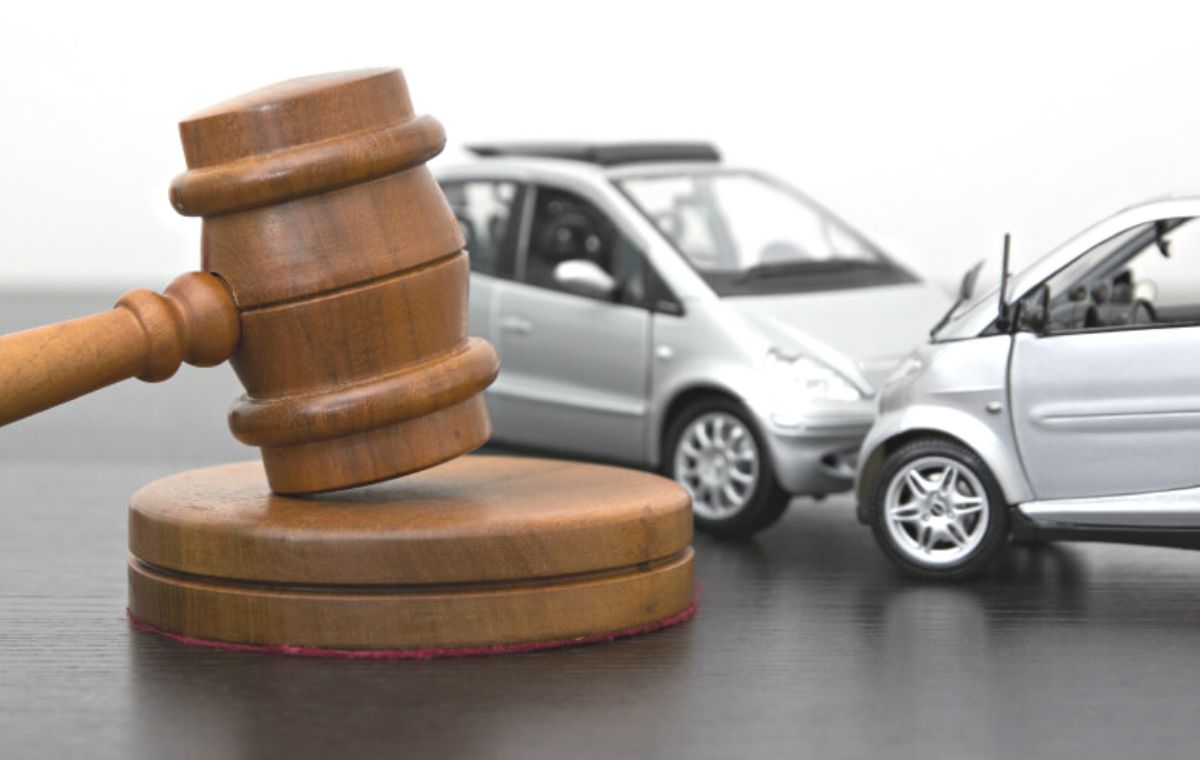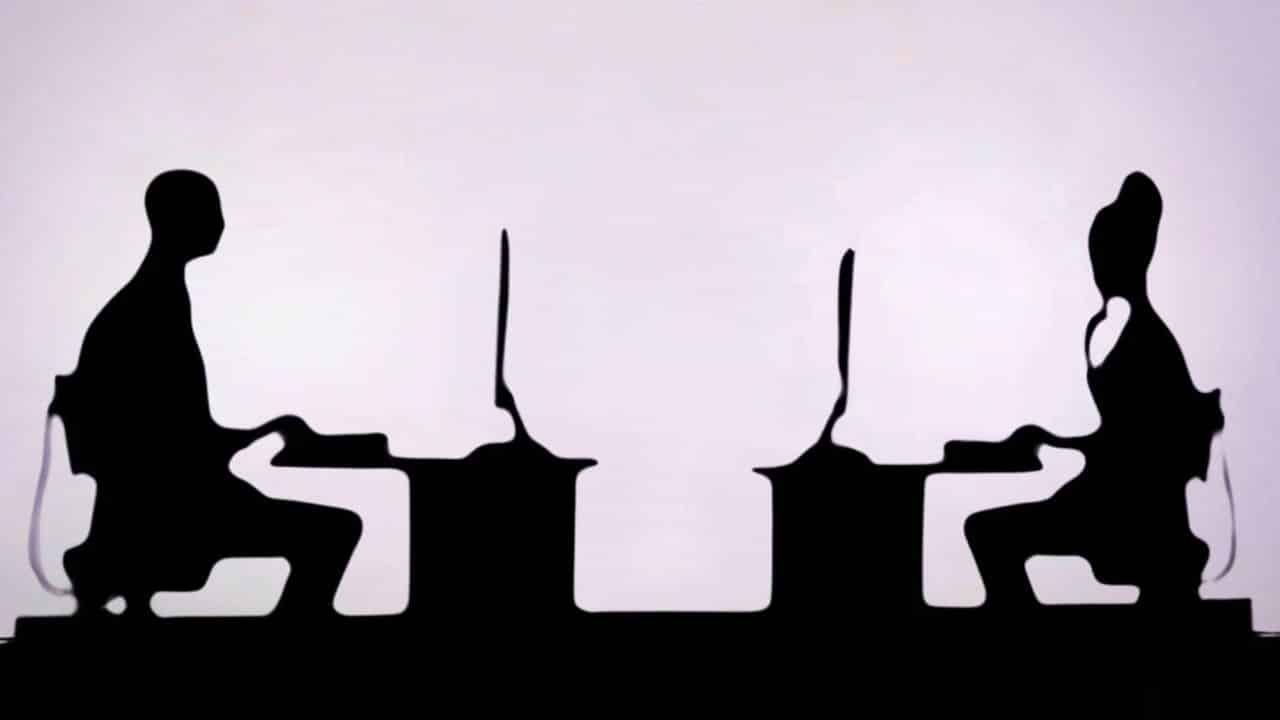Numerous personal injury claims are dealt with by the legal system. In fact, it appears that everyone is aware of someone who has had to file a claim, yet only a small portion of the populace truly comprehends how the legal system functions. Most people entrust their personal injury attorneys, like Federal way personal injury attorney, to handle the gritty work while they focus on other matters. Without understanding the complete process of gathering information, bringing a lawsuit, negotiating a settlement, and winning the case in court, many seek substantial money and time.
Different Types of Personal Injury
Let’s start by defining personal injury. In the legal community, personal injury law is also known as tort law. This law enables the accident victim or injured party to initiate a civil lawsuit and obtain compensation for the losses they sustained as a result of the accident. In other words, the law enables a victim of an injury to get monetary compensation for acts of negligence or malice committed by another. The various categories of personal injury include the following:
Accidents
Accidents that happen because of someone’s negligence are among those that are permitted under such circumstances. Examples include slip and fall accidents, auto accidents, and medical negligence. The prosecuting party must provide evidence of the defendant’s negligence and demonstrate how it directly caused their injuries for such instances to be successfully resolved.
Deliberate Actions
Accidents happen by chance, whereas purposeful acts occur when the offender intends to harm the victim. When it comes to situations of assault and battery, the action is intentional.
Faulty Products
It is also possible for those who are harmed by a defective product to make a claim against the producer, distributor, or retailer. You can find the responsible party with the aid of a lawyer with experience searching for legal pitfalls and product liability.
Defamation
Defamation is another case that could be covered by personal injury laws, where someone’s public statements hurt someone else’s reputation and cause emotional pain to the victim. Few people are aware that you can also sue for this.
There are two main types of defamation:
- Libel: This refers to false and harmful statements made in writing or through fixed images, such as online publications, printed reports, or even emails.
- Slander: This involves spoken false statements that damage someone’s reputation.
Whether the harmful words appear on paper or through airwaves, both can inflict lasting damage and warrant legal action when proven false and demonstrably dangerous.
What Causes Personal Injuries?
The majority of decisions involving personal injury are based on prior cases. As a result, it is typical for a judge’s decision in one case to serve as the foundation for another of a same nature. Because it sets a precedent for that kind of claim, the courts base their decisions on what the judge before them decided. Due to this, it is also rather typical for case outcomes to vary from state to state.
Please take note that outcomes are not determined just by precedent. The regulations governing worker’s compensation are one example of this. All workplace accidents are covered by globally applicable worker’s compensation regulations. Additionally, worker’s compensation is the only legal remedy for job injuries.
Personal Injury Cases Procedures
Everyone should be more knowledgeable about the events that take place in a personal injury case. The procedure is the same even though each claim has certain distinctive characteristics and particular circumstances. Knowing the procedure inside and out can help you know what to do.
Harmful Infliction
A case can only be made if the victim suffered harm or damages at the hands of another. After being hurt, the victim may file a personal injury lawsuit against the wrongdoer.
To successfully pursue a claim for harmful infliction, the plaintiff must generally demonstrate the following:
- Intentional or reckless conduct: The defendant acted intentionally, causing emotional distress, or recklessly disregarded the foreseeable risk of causing such distress.
- Extreme and outrageous conduct: The defendant’s behavior must be considered outrageous and unacceptable in a civilized society. This conduct focuses on egregious behavior that crosses a clearly defined line.
- Emotional distress: The plaintiff must have suffered significant emotional distress due to the defendant’s conduct. This distress can manifest as anxiety, depression, PTSD, or other psychological and emotional harm requiring professional treatment.
- Causation: The harmful infliction must be the direct and proximate cause of the plaintiff’s suffering.
While each element is crucial, remember that proving harmful infliction hinges on demonstrating all four components, ensuring only truly egregious acts causing significant emotional harm have legal recourse.
Consulting with Attorneys
Depending on the state where the harm happened, the attorneys decide if the client has a case. All of the case’s circumstances will be taken into account and considered. For instance, a personal injury attorney would first assess whether the driver of the vehicle that was involved in the collision adhered to acceptable safety standards on the road. The case may not have merit in situations when the driver exceeded the speed limit or drove while impaired by drink or drugs. The same is true for medical professionals who treat patients. It must be carried out at the standard of proficiency required by their job in situations like these. Manufacturers of goods have a responsibility to create high-quality goods that are safe for their customers.
Moreover, laws and procedures can vary significantly by location. For the best possible outcome in your case, consult a legal professional within your city or state. For instance, if you’re residing in New York, work with a Queens personal injury lawyer to help you navigate the intricacies of your case and advocate for your total compensation.
Agreement is Reached
The defendant may decide to reach a settlement outside of court once the attorney establishes that there is a solid case and they violated their legal obligations. Defendants must accept an offer from an insurance company in order to reach an out-of-court settlement. In return, the injured party would undertake not to file a lawsuit for the harm brought on by the negligence.
Because there is back and forth in the processes and agreements between parties, settlement matters can take a while. If the plaintiff settles, the case is regarded as resolved. However, the plaintiff has the option to launch a lawsuit if they are dissatisfied with the bargaining process and the settlement sum. Sometimes, even after a lawsuit has been filed, settlement talks continue. The settlement must be struck in this situation before the jury determines whether the defendant is liable.
Final Words
Personal injury law is a challenging area of law. Depending on the complexity of each situation and the seriousness of the case, it may take many months. In order to give their clients a solid case against the offender, attorneys must consider every option. In this manner, they may guarantee that their client will get the just amount in money. To strengthen the lawyer-client connection and ensure that everyone is on the same page throughout the process, it is essential to have the fundamentals of personal injury law explained. To ensure the success of the settlement or trial, clients should speak with their attorney and express their concerns.

